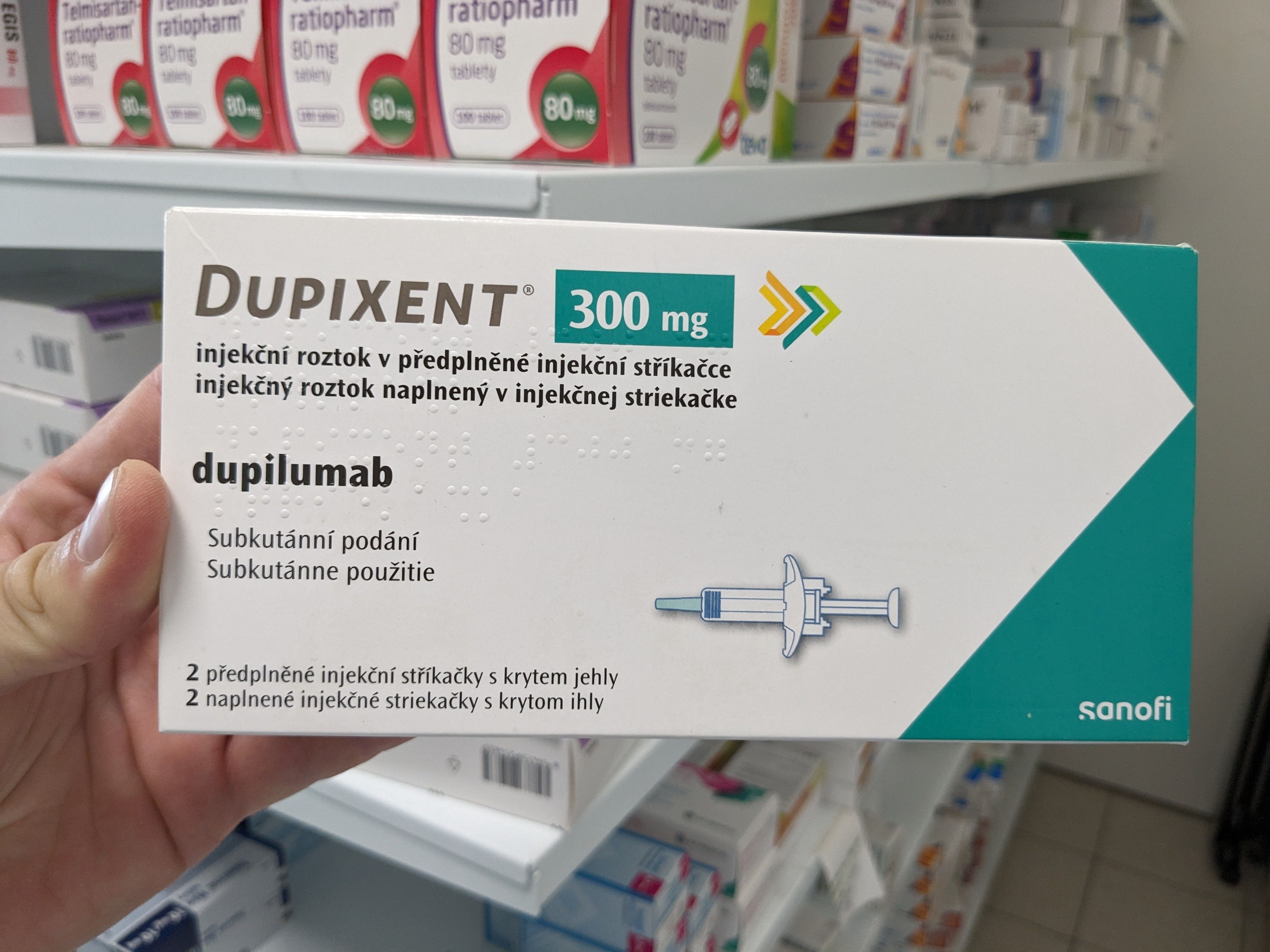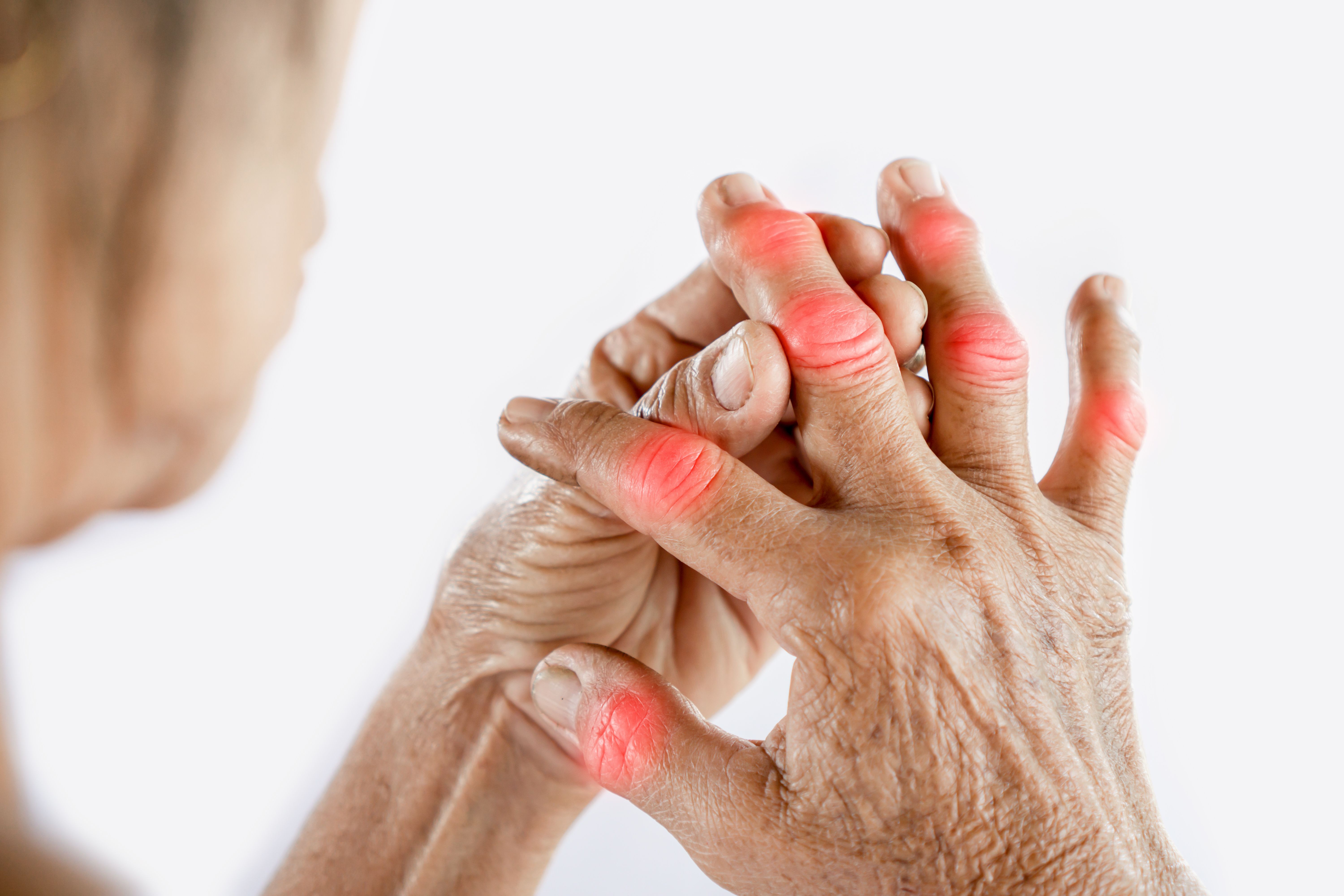Article
Adding Evolocumab to Standard ASCVD Treatment Exceeds Cost-Effectiveness Threshold
Author(s):
The addition of evolocumab to the standard background therapy for patients with atherosclerotic cardiovascular disease (ASCVD) would exceed the typically accepted range of cost-effectiveness, according to a new study.
The addition of evolocumab to the standard background therapy for patients with atherosclerotic cardiovascular disease (ASCVD) would exceed the typically accepted range of cost-effectiveness, according to a new study. Patients with ASCVD have a high risk of recurrent cardiac events, stroke events, and cardiovascular disease, and they need to lower their low-density lipoprotein (LDL) cholesterol levels further despite statin therapy.
Evolocumab, a PCSK9 inhibitor has shown to lower LDL cholesterol by 60%, but has a high price tag. In their study published in JAMA Cardiology, researchers assessed the cost-effectiveness of evolocumab in patients with ASCVD with a standard background therapy through a Markov cohort state-transition model. The model incorporated the demographics of the US population while considering the risk factors, background therapy, and the costs of drugs, utilities and transitional probabilities.
“A Markov cohort state-transition model was used to assess the cost-effectiveness of evolocumab when added to standard background therapy in clinical practice patients with established ASCVD from a societal and US health plan perspective to help better identify the patient populations and value-based price where the use of evolocumab treatment would provide value,” the researchers wrote.
The model transition states were matched to those of the FOURIER trial and following the addition of evolocumab to the standard therapy, the researchers measured the cardiovascular events including myocardial infarction, ischemic stroke, cardiovascular death, quality-adjusted life-year (QALY), incremental cost-effectiveness ratio (ICER), and the net value-based price.
The study found that in the base case, the mean lifetime costs would be $234,877 per patient with standard background therapy and $340, 275 per patient with evolocumab added to treatment—resulting in a cost increase of $105,398. The difference in QALY was 0.39, with an ICER of $268,637 gained following the addition of evolocumab. Furthermore, the evolocumab treatment exceeded $150,000 per QALY in most scenarios.
In conclusion, the current price of evolobumab of $14,523 was found to be greater than the generally accepted cost-effectiveness threshold.
“Evolocumab therapy could meet the threshold of $150 000 per QALY with an annual value-based price of $9669 for a population with an event rate of 6.4 per 100 patient-years,” the authors wrote.
The trial participants in FOURIER had a lower annual event rate of 4.2 per 100 patient-years, which means for evolocumab to achieve an ICER of $150,000 per QALY gained in that population, the price of the therapy would need to be even less: $6780.
“These findings highlight the need for a comprehensive disease management approach for ASCVD that includes vigorous lifestyle changes, assiduous adherence to all guideline-directed therapies, and judicious use of new, more costly therapies,” the authors concluded.

Dupilumab Treatment for Patients With CSU: Insights From Jason Hawkes, MD, MS



